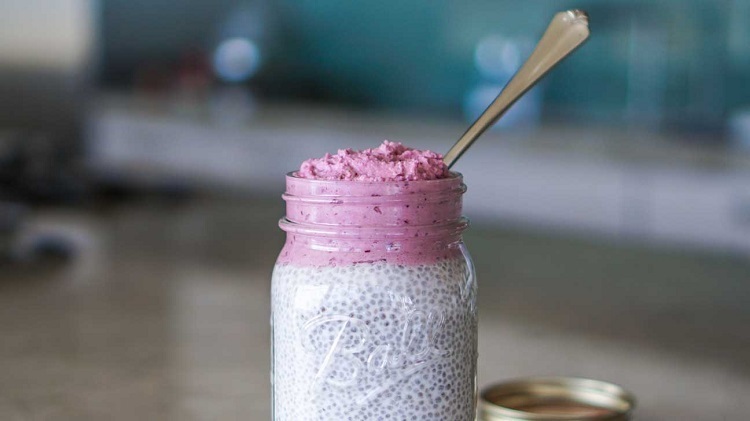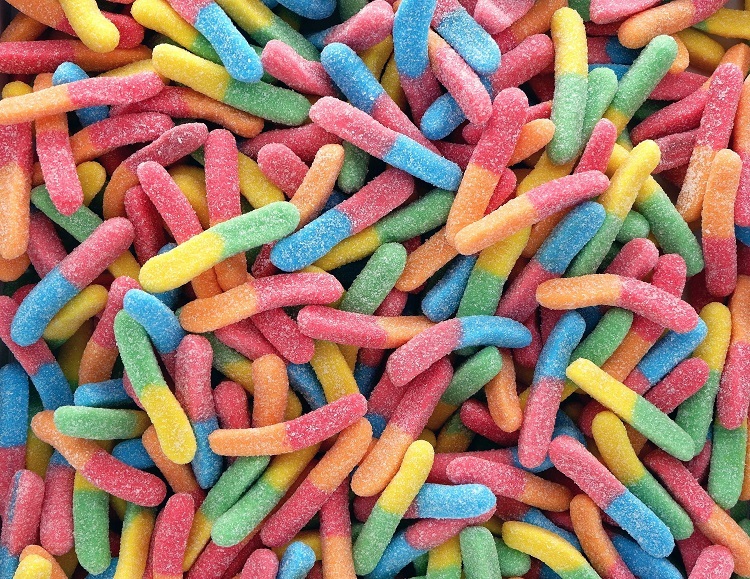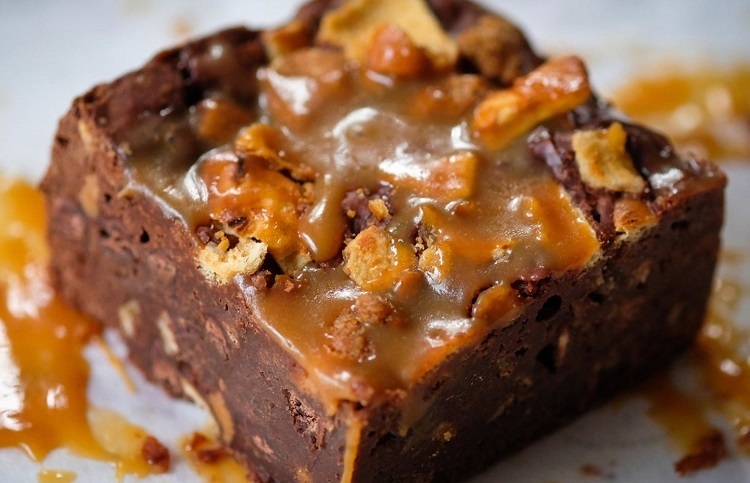Calcium is a mineral that can be found in foods, especially milk, and is preserved in our bone tissue. It is important for toddler’s and teenagers’ progress and expansion because it helps to maintain healthy bones and teeth, as well as core muscles, neural stimulation, and hormone production. Calcium-rich foods for kids also help in regulation of blood pressure.
Why do kids require calcium?
Our joints can be thought of as a “Calcium Bank.” Calcium can be removed from the tissues and used in other parts of the body if it is not stored. If this continues, bones may become fragile and brittle, potentially leading to osteoarthritis.
The amount of calcium incorporated into our bones is controlled by the quantity of calcium we consume and the quantity of Vitamin D we receive. Vitamin D is needed for the absorption of calcium and is predominantly obtained from sunlight. Tiny quantities can also be present in foods like fish and egg yolks. Vitamin D is now added to a wide range of foods. These include olive oil, some toast, and breakfast cereal in America.
What are the best ways for kids to get enough calcium?
Dairy products are our main source of calcium in Australia. Kids under the age of eight require 1-2 serves of milk or milk products per day, while teenagers require 2-3 serves per day. A milk drink like Horlicks benefits children in many ways. Calcium is also found in the following foods, but in lower quantities than milk products:
- Broccoli, bok choy, and Chinese cabbage are examples of leafy green vegetables.
- Shrimp and dried fish are examples of fish (along with bones)
- Brazil peanuts, nuts, and tahini are examples of nuts and seeds (sesame seed mix)
- Biscuits, fruit drinks, and bread are all calcium-fortified products.










Comments